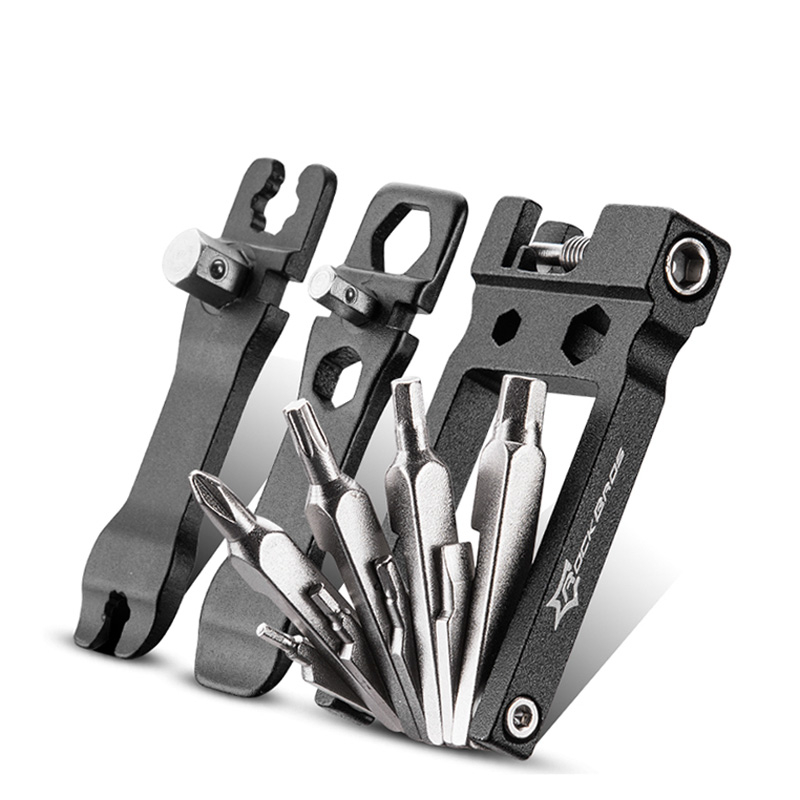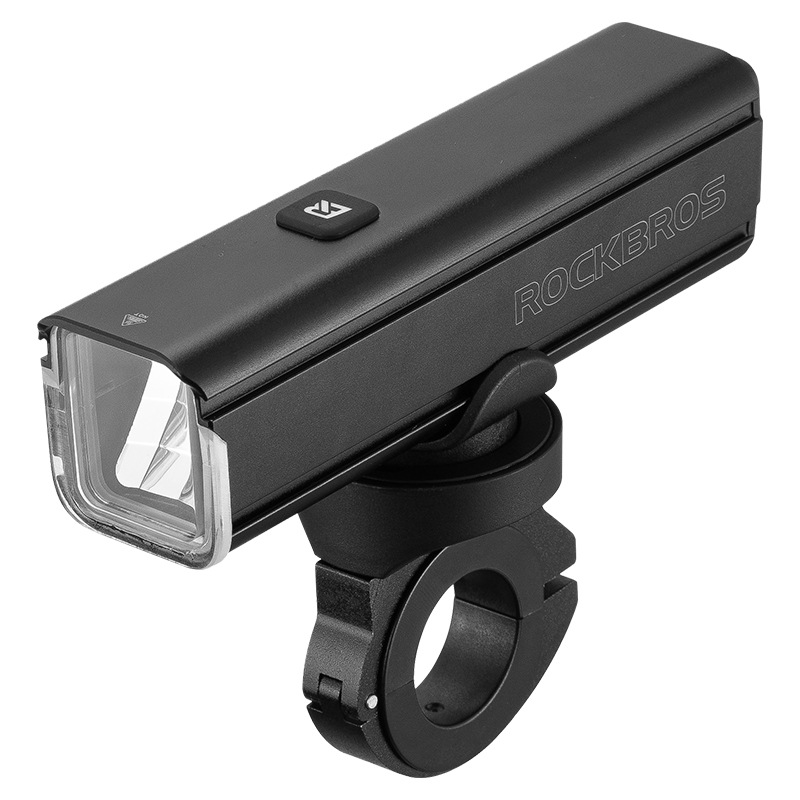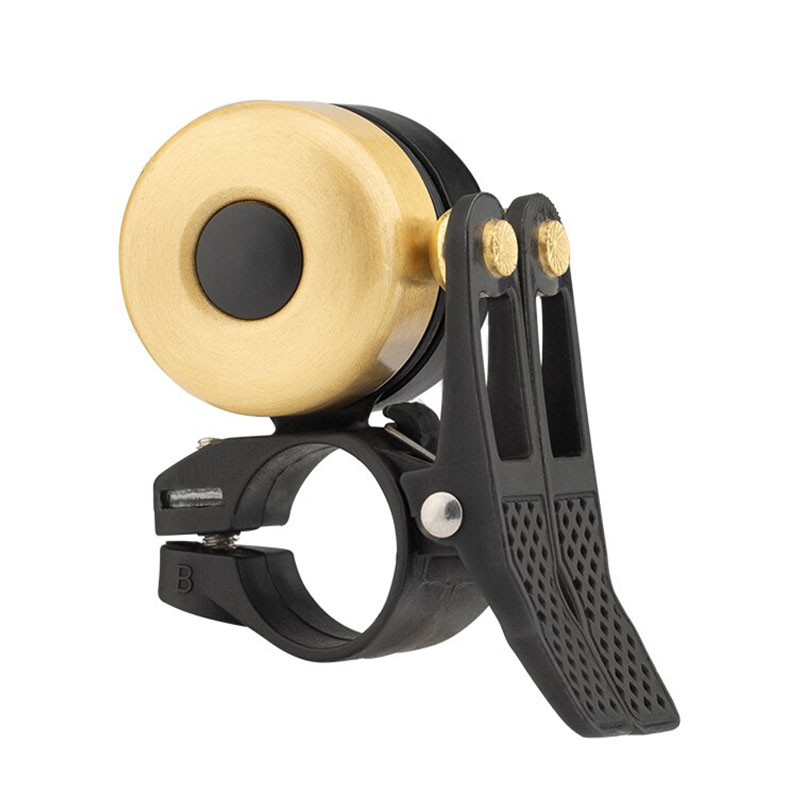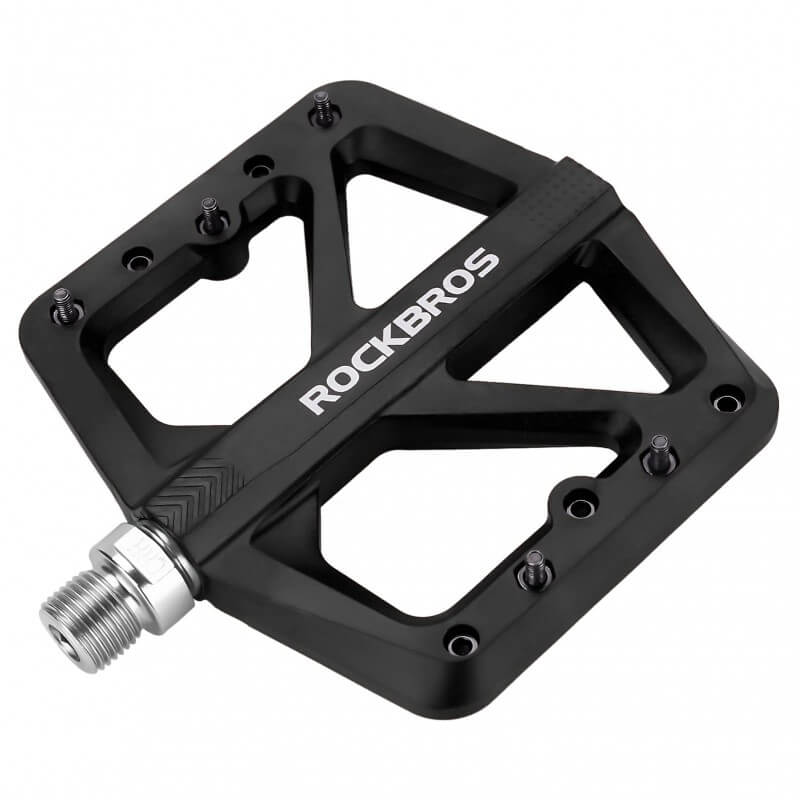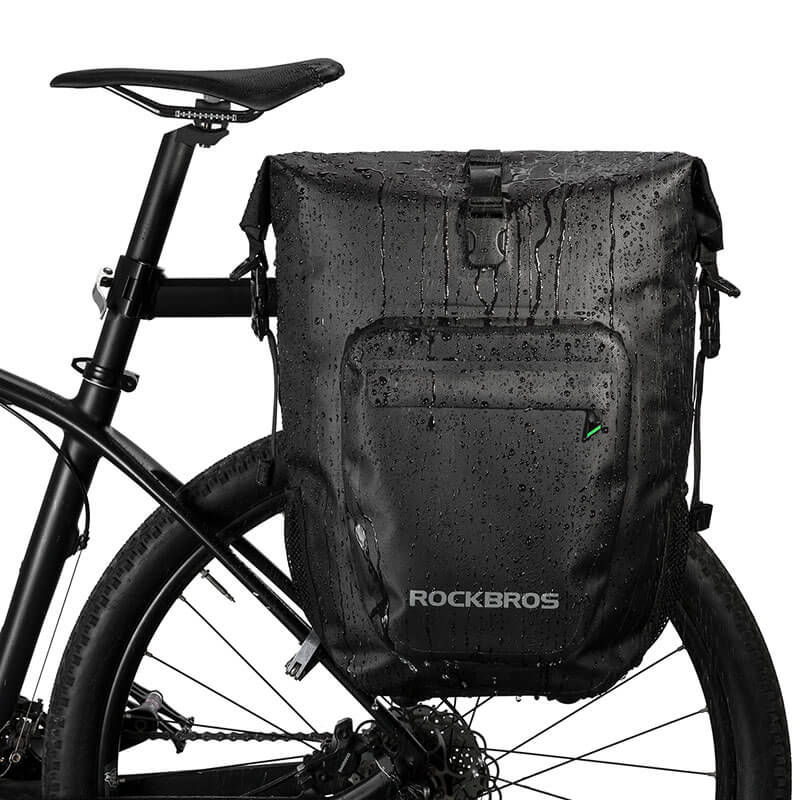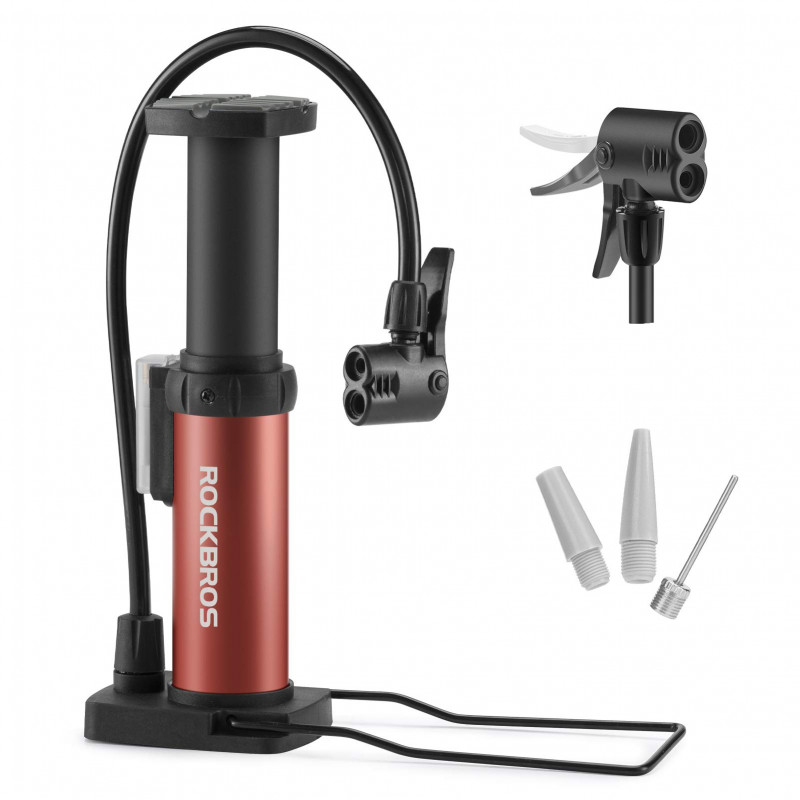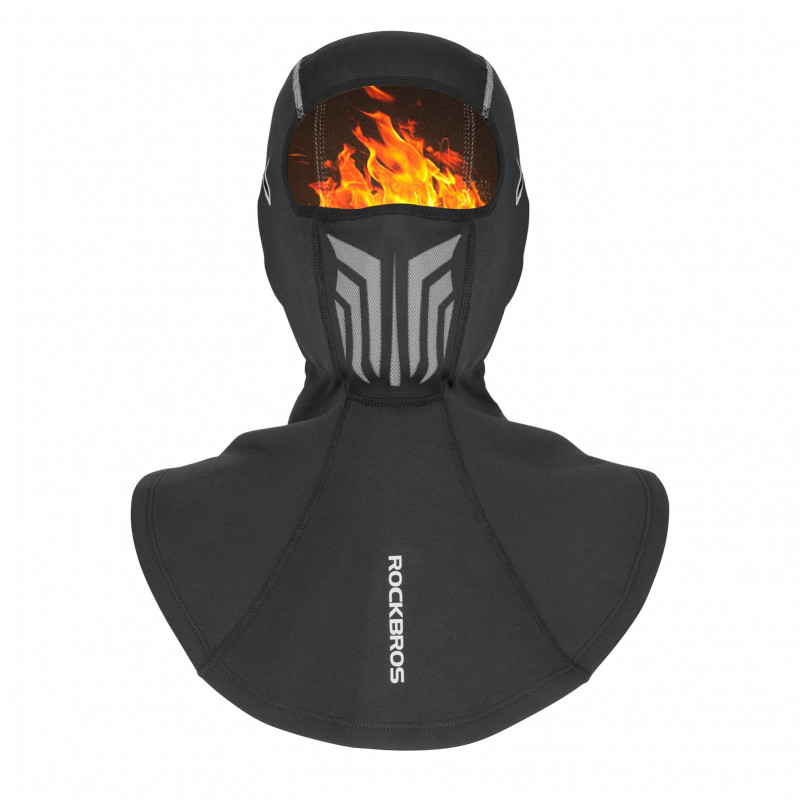Get Started with Indoor Cycling: Beginner's Guide
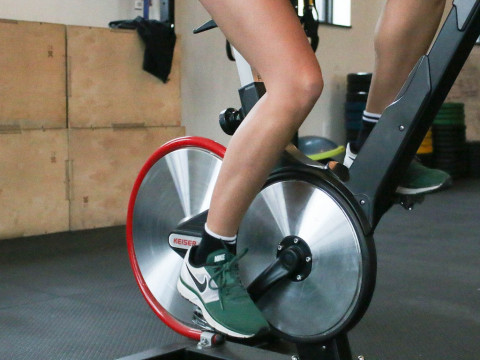
Introduction
Indoor cycling, also known as spinning, is a fantastic way to improve cardiovascular fitness, burn calories, and strengthen your lower body muscles. Whether you're a beginner or an experienced cyclist, indoor cycling offers a convenient and effective workout option. In this beginner's guide, we'll explore the benefits of indoor cycling, provide tips on setting up your indoor cycling space, guide you in choosing the right equipment, and offer practical advice on getting started and staying motivated.
Benefits of Indoor Cycling
Indoor cycling offers a multitude of benefits that make it an excellent choice for fitness enthusiasts. Some of the key advantages include:
- Cardiovascular Fitness: Indoor cycling is a high-intensity aerobic exercise that improves heart and lung health, enhancing your overall cardiovascular fitness.
- Calorie Burning: A single indoor cycling session can help you burn a significant number of calories, making it an efficient option for weight management.
- Low Impact: Unlike running or other high-impact exercises, indoor cycling is gentle on your joints, minimizing the risk of injuries.
- Muscle Strength: Pedaling against resistance helps build strength and endurance in your leg muscles, including the quadriceps, hamstrings, calves, and glutes.
- Convenience: With indoor cycling, you can exercise at any time, regardless of weather conditions, in the comfort of your home or at a local gym.
Setting Up Your Indoor Cycling Space
Before you start your indoor cycling journey, it's important to create a dedicated space for your workouts. Follow these steps to set up your indoor cycling space:
- Choose a Suitable Location: Select an area in your home with enough space to accommodate your stationary bike and allow for comfortable movement around it.
- Clear the Area: Remove any obstacles or items that may obstruct your workout space to ensure a safe and clutter-free environment.
- Consider Flooring: Opt for a non-slip flooring option to prevent accidents and provide stability during intense cycling sessions.
- Arrange for Ventilation: Good air circulation is essential for a comfortable workout. Ensure proper ventilation in your indoor cycling space.
Choosing the Right Indoor Cycling Equipment
Investing in the right indoor cycling equipment is crucial for an enjoyable and effective workout experience. Consider the following factors when selecting your equipment:
- Stationary Bike Options: Choose between an upright bike or a recumbent bike based on your preferences and fitness goals.
- Adjustability: Look for a bike with adjustable seat height, handlebars, and resistance levels to customize your workout according to your needs.
- Comfort and Support: Opt for a bike with a comfortable seat and ergonomic design to prevent discomfort and support your posture during long rides.
- Additional Features: Consider features such as built-in workout programs, tracking metrics, and compatibility with fitness apps to enhance your cycling experience.
Getting Started with Indoor Cycling
Now that you have your indoor cycling space set up and equipment ready, let's dive into getting started:
- Warm-Up: Begin each session with a five-minute warm-up, gradually increasing your pedaling speed and warming up your muscles.
- Proper Bike Setup: Adjust your bike's seat height and handlebar position to ensure a proper riding posture. Your knees should have a slight bend when the pedals are at the lowest point.
- Start with Basic Rides: Begin with shorter rides at a moderate intensity to familiarize yourself with the bike and build your endurance gradually.
- Gradually Increase Intensity: As your fitness improves, gradually increase the duration and intensity of your rides, incorporating intervals and resistance changes.
- Cool Down: End each session with a five-minute cooldown, gradually reducing your pedaling speed and allowing your heart rate to return to normal.
Proper Cycling Technique
Mastering the correct cycling technique is essential to maximize the effectiveness of your indoor cycling workouts. Follow these tips for proper form:
- Posture: Maintain an upright posture with your shoulders relaxed, core engaged, and back straight throughout your ride.
- Pedaling Technique: Focus on pedaling in a smooth, circular motion, applying power during the downward and forward phase of the pedal stroke.
- Breathing: Breathe deeply and rhythmically, inhaling through your nose and exhaling through your mouth, to supply oxygen to your muscles.
- Hand Placement: Position your hands comfortably on the handlebars, avoiding excessive gripping or tension in your upper body.
- Listen to Your Body: Pay attention to your body's signals and adjust your technique or intensity accordingly to prevent overexertion or injury.
Creating an Indoor Cycling Routine
Establishing a regular indoor cycling routine will help you stay consistent and achieve your fitness goals. Consider these tips when creating your routine:
- Schedule Regular Workouts: Set aside dedicated time for your indoor cycling sessions, aiming for at least three to four sessions per week.
- Mix Up Your Workouts: Incorporate a variety of workout types, such as endurance rides, interval training, and hill climbs, to challenge your body and prevent boredom.
- Track Your Progress: Use a fitness tracker or cycling app to monitor your performance, track distance, calories burned, and improvements over time.
- Set Realistic Goals: Establish realistic and achievable goals, whether it's increasing your distance, improving your average speed, or completing a specific challenge.
Monitoring Your Progress
Keeping track of your progress is essential to stay motivated and monitor your fitness improvements. Here are some methods to monitor your progress:
- Tracking Metrics: Use a fitness tracker or cycling computer to record key metrics such as distance, speed, duration, and calories burned during each workout.
- Performance Assessments: Periodically perform fitness assessments, such as timed rides or endurance tests, to evaluate your progress.
- Journaling: Maintain a workout journal to log your workouts, noting any challenges, improvements, or milestones along the way.
Staying Motivated
Maintaining motivation is crucial for long-term success with indoor cycling. Here are some strategies to stay motivated:
- Set Rewards: Treat yourself to small rewards for achieving milestones or reaching specific goals, such as a new workout outfit or a relaxing massage.
- Find a Workout Buddy: Partner up with a friend or join an online community of indoor cyclists to share your experiences, challenges, and successes.
- Variety and Challenges: Incorporate new routes, music playlists, or virtual classes to keep your workouts fresh and exciting.
- Track Your Progress: Celebrate your progress by comparing current achievements with past performance and acknowledging how far you've come.
Avoiding Common Mistakes
To ensure a safe and effective indoor cycling experience, avoid the following common mistakes:
- Improper Bike Setup: Failing to adjust your bike correctly can lead to discomfort, improper form, and potential injuries. Take the time to set up your bike properly.
- Overtraining: While consistency is important, overtraining can lead to burnout, fatigue, and increased risk of injury. Allow for adequate rest and recovery days.
- Neglecting Hydration and Nutrition: Stay hydrated before, during, and after your workouts, and fuel your body with a balanced diet to support your energy needs.
- Ignoring Warning Signs: Listen to your body and pay attention to warning signs such as pain, dizziness, or excessive fatigue. If something doesn't feel right, take a break or consult a healthcare professional.
Indoor Cycling vs. Outdoor Cycling
While both indoor and outdoor cycling offer their own unique benefits, here are some factors to consider when choosing between the two:
- Weather Conditions: Indoor cycling eliminates the impact of weather conditions, allowing for consistent workouts regardless of rain, snow, or extreme heat.
- Safety and Accessibility: Indoor cycling provides a controlled and safe environment, reducing the risk of accidents or encounters with traffic.
- Training Specificity: Outdoor cycling offers variations in terrain, wind resistance, and road conditions, which can enhance balance, coordination, and outdoor-specific skills.
- Time and Convenience: Indoor cycling provides the convenience of working out at home or a nearby gym, eliminating the need for travel time to cycling routes or trails.
Conclusion
Indoor cycling is a fantastic way to kick-start your fitness journey or elevate your current workout routine. With its numerous benefits, customizable workouts, and convenience, it's no wonder indoor cycling has gained popularity among fitness enthusiasts. By following this beginner's guide, setting up your indoor cycling space, selecting the right equipment, and incorporating proper technique and routines, you'll be well on your way to enjoying the benefits of this exhilarating and effective workout.
Get started with indoor cycling today and embrace the joy of pedaling towards your fitness goals!
FAQs
Can I lose belly fat with indoor cycling?
Indoor cycling is an excellent cardiovascular exercise that can contribute to overall weight loss, including reducing belly fat. Combine it with a healthy diet for best results.
What should I wear for indoor cycling?
Opt for comfortable athletic clothing that allows for freedom of movement. Consider moisture-wicking fabrics to keep you cool and dry during intense workouts.
Is indoor cycling suitable for people with joint issues?
Indoor cycling is generally low-impact and gentle on the joints, making it a suitable option for individuals with joint issues. However, consult with a healthcare professional if you have specific concerns.
Can indoor cycling help improve mental health?
Yes, indoor cycling, like any form of exercise, can have positive effects on mental health by reducing stress, boosting mood, and increasing endorphin levels.
Are there any age restrictions for indoor cycling?
Indoor cycling can be enjoyed by people of various age groups. However, it's advisable to consult with a healthcare professional before starting any new exercise regimen, especially for individuals with underlying health conditions.


